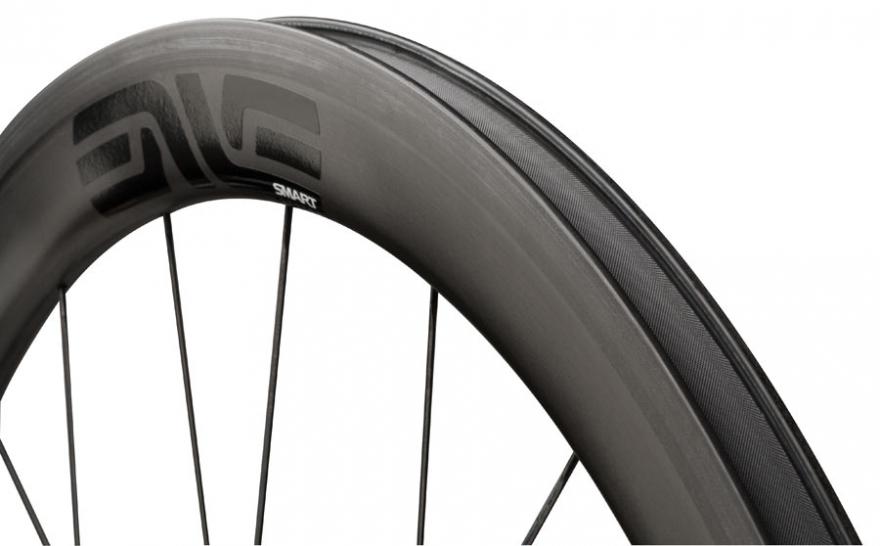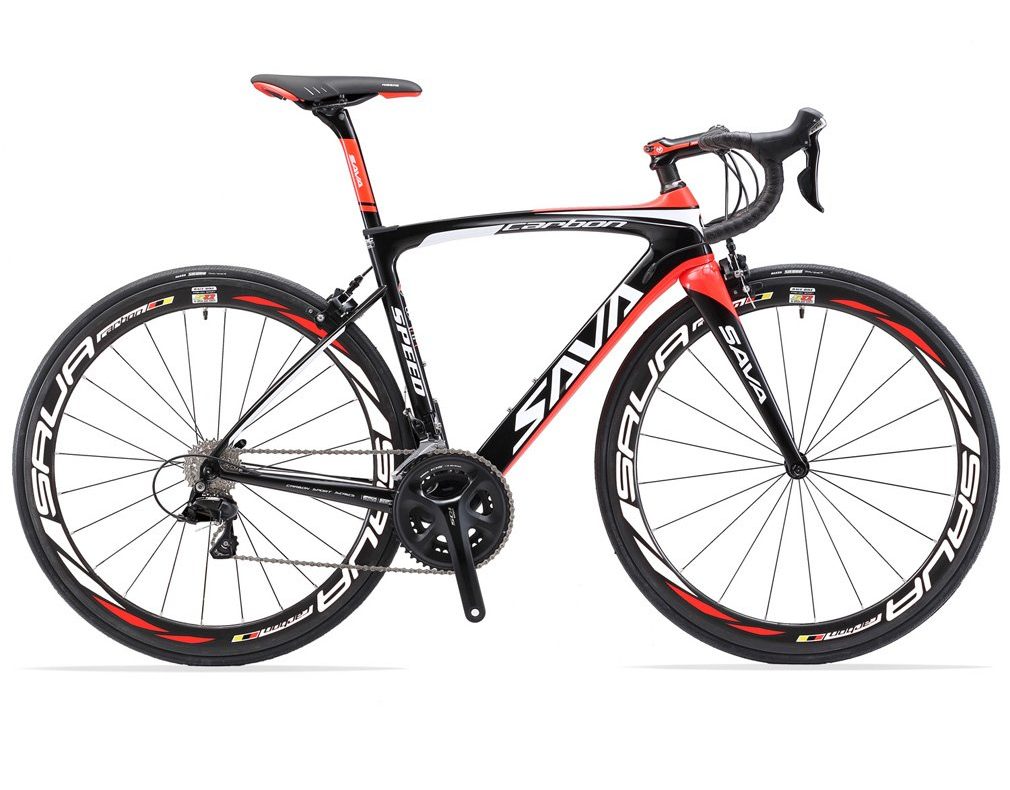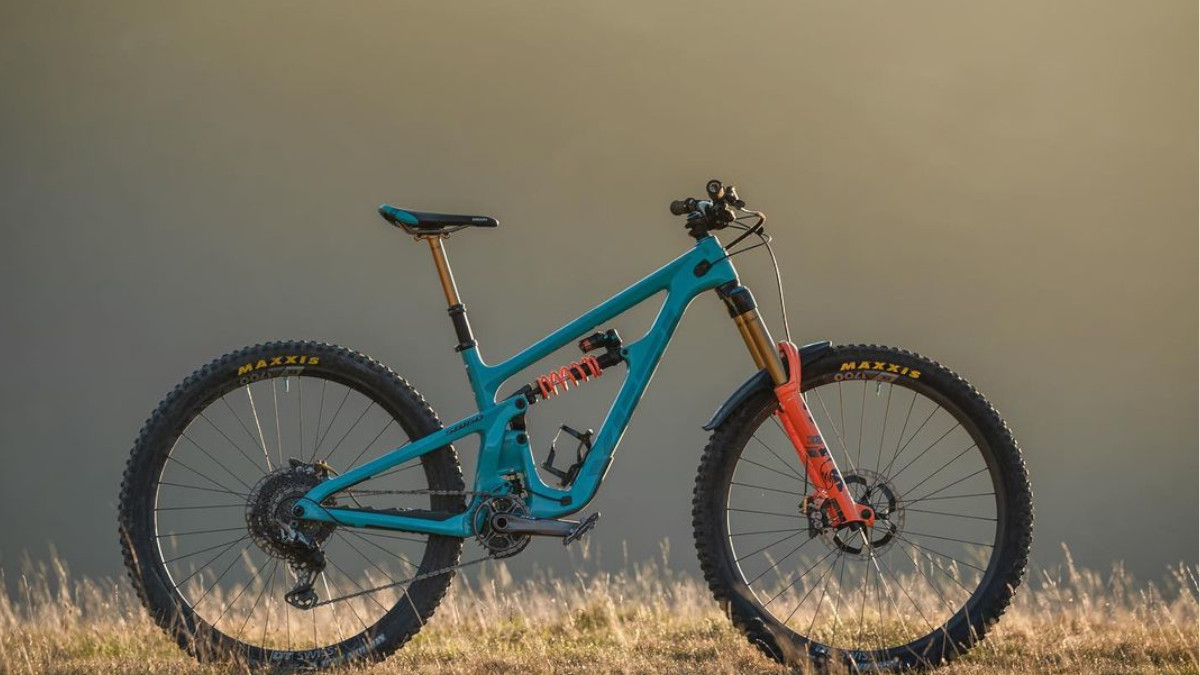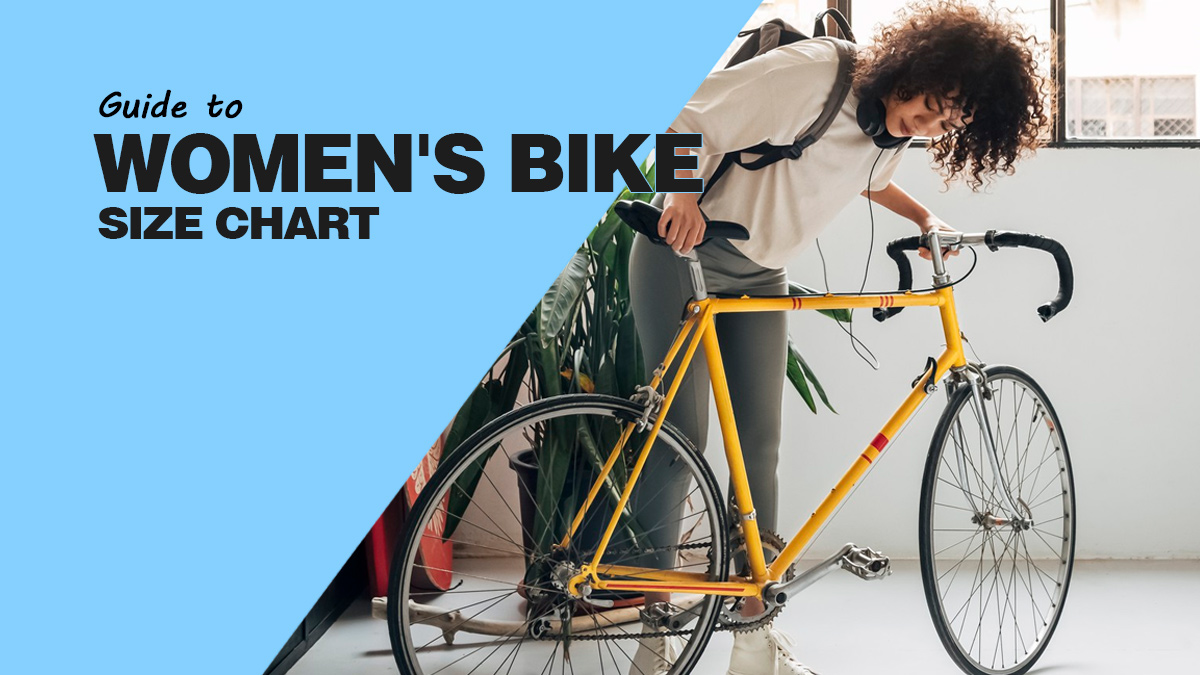Carbon bike wheels are marketed as the next big thing to go for if you are a speed junkie! But how fast are these wheels? Well, I tested carbon wheels and aluminum wheels. The riding conditions, rider, bike everything was kept the same to get accurate results.
Carbon road bike wheels were 1.2% faster than aluminum wheels. They were 13 seconds faster! I also did online research, asked in bicycling communities and even interviewed my long-time riding friends to find out their views. Everyone said that they did find carbon faster, more responsive, and better as compared to alloy rims
What Makes Carbon Road Wheels Faster?
But why? Good question. In the interest of performing at the top of your ability sometimes, in a sport like cycling where you are only as good as the equipment you use, there is always room for improvement.
Carbon is better over alloy for these reasons; less flex, more aerodynamic, and generally lighter even though aluminum is becoming more highly engineered still.
Looking for the best road bike wheels? Look no further! Check out our comprehensive guide to the best road bike wheels on the market today and find the perfect set for your ride.
1. Carbon is Lighter
Let’s start with weight; this is perhaps the easiest truth about carbon wheels to understand. A carbon wheelset weighs around 1350g, while an aluminum wheelset weighs almost 1950g. That is a whole 1 kg difference! The general principle is that the lighter you are the better you will be able to maintain a higher speed for a longer period. Seems like a pretty solid principle to hang your hat on for a few reasons. It mostly applies to climbing. The less weight you have to carry up a hill with you, the easier it will be to climb. Try it yourself, ride a 15 lb bike up a hill then ride a 20 lb bike up the same hill and you will certainly feel the difference.
Also, lighter wheels seem to be more responsive to the rider and easier to maneuver while riding.
2. Carbon Is More Aerodynamic
Carbon rims are made either by lacing carbon strips into effective weight-supporting lattice patterns and then heat-treated with a resin bonding agent to form hard carbon shapes. The resin is added to a carbon composite and then molded into a shape similar to 3D printing with a hot steel mold or press. These processes make it far easier to construct unique aerodynamic shapes as opposed to aluminum which can only be pushed through steel dies to create the shape of the rim.
In the past, this made aluminum clinchers more reliable because the entire rim was one solid shape as opposed to older carbon rims where the peak (clincher part) of the rim was added after the original shape of the rim was molded. There was always this concern that friction from braking would heat up the epoxy or resin, it would evaporate, and then the carbon lattices would just come undone, or blow up, etc. That doesn’t happen anymore.
With new materials being used in braking surfaces and brake construction, friction heat is very easily managed.
Upgrade your ride with the best road bike wheels on the market. Our guide to buying road bike wheels will help you find the perfect set for your needs
3. Carbon Provides A Smoother, More Rigid Ride
Now let’s talk about flex. Flex is how much the rim moves from side to side on a horizontal axis, and how much the rim moves up and down on a vertical axis. While a properly tensed wheel can support some pretty heavy bikes and riders it will still flex on this axis under normal riding conditions.
Mainly in cornering and during flat-out assaults riders can produce some amazing power and torque. Cornering and turning under speed will cause side-to-side flex while speed and uphill assaults will cause up-and-down flex.
The beauty of carbon is that it reduces flex compared to aluminum while still absorbing road vibration. That coupled with it already being a lighter construction material, engineers can work with more spokes and rigid lacing patterns so that it can outperform aluminum in any circumstance. Every major tour winner for a long time has won using carbon. The only drawback is the cost.
My Favourite Carbon and Alloy Wheels
Let’s take a look at some of the best wheels on the market. I have used these sets and they seem to be a market favourite too. There are some other reasonable sets to give you a good idea of how you can start to improve your performance.
Alloy Wheels
First a set of alloy wheels for price and weight comparisons:
1. Miche Excite
The Miche Excite is one of the most painfully average wheelsets, it is super heavy but also can support a lot of weight. It comes in at over 2100 grams and the hubs roll smoothly but are not excellent. It costs about $74E or around 130.00 American dollars depending on where you find it.
2. Shimano RS11
A little better on the weight scale and perhaps a little smoother ride is the Shimano RS11. Those of you who follow me know that I am a Shimano fan. At 2000 grams this is still a solid set that will support a lot of weight. It retains high lateral rigidity due to different rim heights on the top and bottom, and at around $180 at most per set depending on the bearings these are slightly more expensive and better quality.
3. Campagnolo Khamsin
The Campagnolo Khamsin is a pretty quality wheelset in that it can match the weight reduction of carbon but maybe not the responsiveness or rigidity. It weighs only 1740g and has balanced tension of spokes all the way around. At $230 it is slightly more but not too bad in comparison to some of the carbon sets we will look at.
Carbon Wheels
For carbon, the market for decent wheels starts around $500 per set, maybe a little cheaper for no-name sets from China but from what I have heard the quality control isn’t always as good and the wheels can potentially have defects.
Mavic CXR
The Mavic CXR Carbon 60mm weighs in at 1800g but with 60mm carbon blades it cuts the air, unlike the shallower rims on the list. Super rigid and responsive, they are around $1300 for the set.
Shimano Carbon
Next up is the Shimano Carbon series with blades at 24mm, 35mm, and 50mm. They come with the Dura Ace 9000 hub, with optimal bearings and a titanium freehub body. The braking surfaces are aluminum for solid stopping power. They cost around $1500.
Mavic Ksyrium
I think the lightest set on icebike.org is the Mavic Ksyrium. At around 1225g they are super responsive, aerodynamic, and rigid. The disc wheelset is probably also the most expensive at 2200 American dollars. Now if you have that kind of money to spend I can guarantee better performance on your current bike setup. However, you might want to consider cross drafts for the lighter riders when looking into deeper rims.
Thinking about buying a carbon wheelset for your road bike? Check out our guide to know why carbon might be the best option.
FAQs
Are carbon wheels worth it on a road bike?
Yes, carbon wheels are worth it on a road bike because they are lighter and provide better performance.
Do carbon wheels feel different?
Yes, carbon wheels feel different because they are lighter.
How long do carbon wheelsets last?
If properly taken care of, carbon wheelsets can last a long time.
Do carbon wheels ride smoother?
Yes, carbon wheels can provide a smoother ride as compared to other wheels because they are better at shock absorption.
The Verdict!
Will carbon rims make the average rider better? Yes, just by being lighter. Are there other ways to save weight? Of course. Tubular or tubeless tires will save you weight. Carbon bottle cages, Kevlar cables, carbon stems, seat posts, and bars.
All of these things will save you weight but they may not improve the feel and responsiveness of the bike may not change as much as if you were to replace the wheelset. It is also important to consider that many nice road bikes will come stock with not such a great wheelset, but most likely will come stock with decent other components just due to relative costs. It’s just something to consider as you look for what you like best.
Also Read
- Best Mountain Bikes Under $500
- 15 Best Bikes For Heavy Riders
- The Truth About Buying New Road Bike Wheels
- The Best Wheels For Road Bikes
Should you have any questions or require further clarification on the topic, please feel free to connect with our expert author Ryan Ross by leaving a comment below. We value your engagement and are here to assist you.










4 thoughts on “How Much Faster Are Carbon Road Bike Wheels Really?”
I pass all the people on carbon bikes…..I guess they would be even slower if they did not have their carbon….oh…maybe they need carbon balls…lol
“The general principle being that the lighter you are […] the easier it will be to maintain a higher speed for a longer period of time”. Really? Have you looked up the equation for momentum lately?
Rim brakes carbon are awful for larger riders. I’m 180lbs and if I do hilly rides on my carbon wheels my hands hurt by the end of long descents and I burn through $50 worth of brake pads every 2 months…
You totally left out Fulcrum wheels!